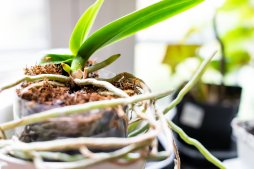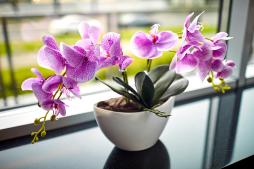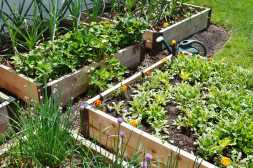Top 5 Common Plant Diseases and How to Prevent Them Successfully

Plants are a vital part of our environment and gardens, but they can often fall victim to various diseases that affect their health and growth. Understanding the most common plant diseases and how to prevent them is key to maintaining a thriving garden or indoor plants. This article will explore the top five common plant diseases and provide practical prevention tips to keep your plants healthy.
Powdery Mildew
Powdery mildew is a fungal disease characterized by white, powdery spots on leaves, stems, and buds. It thrives in warm, dry environments with poor air circulation. To prevent powdery mildew, ensure your plants have good airflow by spacing them properly and pruning overcrowded areas. Water plants at the base rather than overhead to keep foliage dry, and consider using resistant plant varieties when possible.
Root Rot
Root rot is caused by overwatering or poorly drained soil leading to fungal infections that damage roots. Symptoms include yellowing leaves, wilting despite adequate watering, and mushy roots. Prevention involves watering plants appropriately—allowing the soil to dry out between waterings—and ensuring containers or garden beds have excellent drainage.
Leaf Spot Disease
Leaf spot disease appears as dark spots on leaves caused by fungi or bacteria. It spreads in wet conditions through splashing water or contaminated tools. To prevent leaf spot disease, avoid overhead watering; instead water early in the day so foliage can dry quickly. Regularly remove affected leaves and sterilize gardening tools after use.
Blight
Blight leads to rapid browning or blackening of plant tissues such as leaves, stems, or fruits due to fungal infection. It spreads quickly in moist conditions with poor air circulation. Prevent blight by planting resistant varieties when available, improving air flow around plants through proper spacing/pruning, removing infected parts promptly, and rotating crops annually if gardening vegetables.
Rust
Rust presents as orange-red pustules on the undersides of leaves caused by fungal pathogens that thrive in humid environments with prolonged leaf wetness periods. Prevention includes selecting resistant species/cultivars when possible; avoid overhead irrigation; maintain good garden hygiene by cleaning up fallen debris; increase sun exposure for affected areas; and apply fungicides recommended for rust management if necessary.
By recognizing these common plant diseases early and implementing prevention strategies such as proper watering techniques, maintaining good airflow around plants, practicing good sanitation habits with tools and debris removal—all gardeners can successfully protect their greenery from harm while promoting healthy growth throughout the seasons.
This text was generated using a large language model, and select text has been reviewed and moderated for purposes such as readability.











